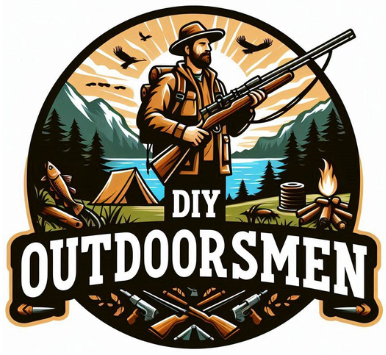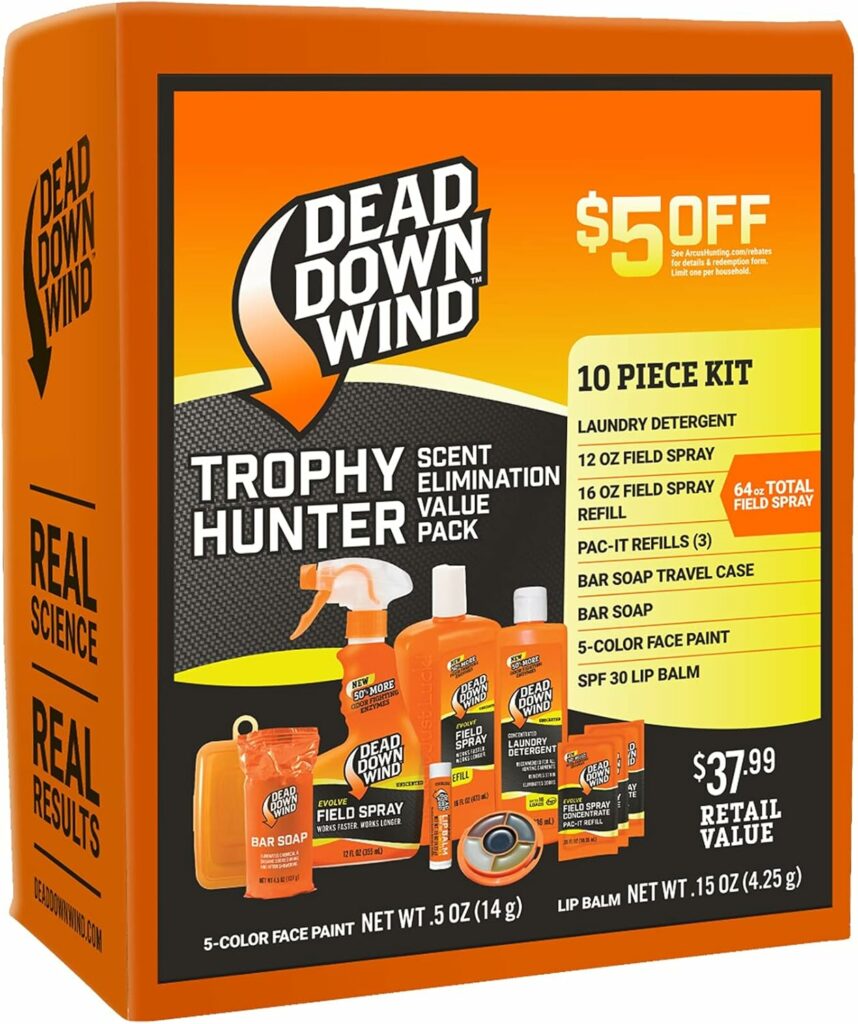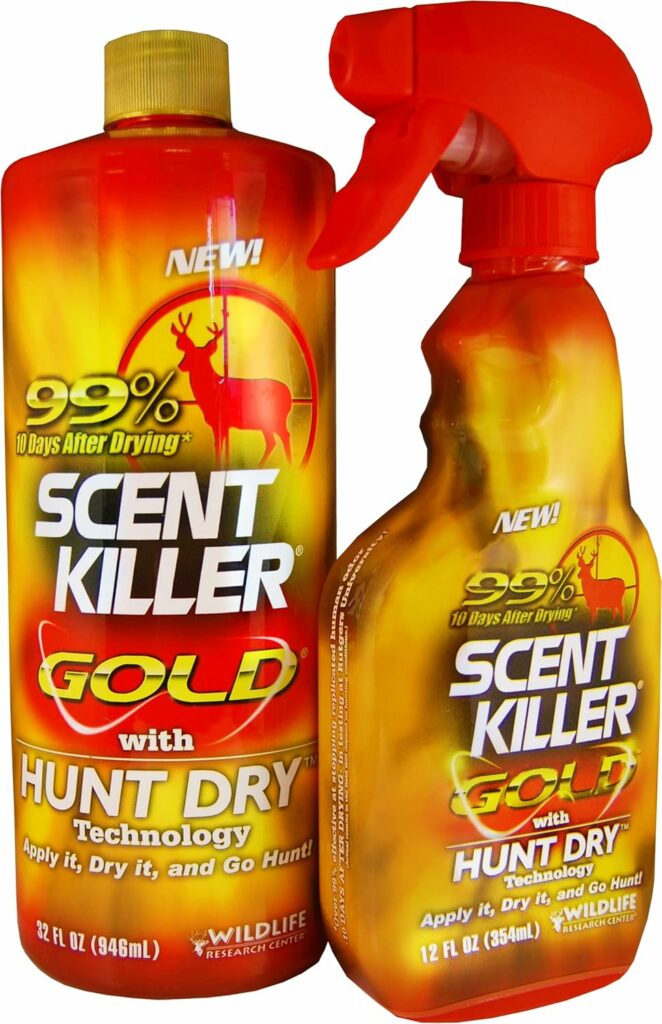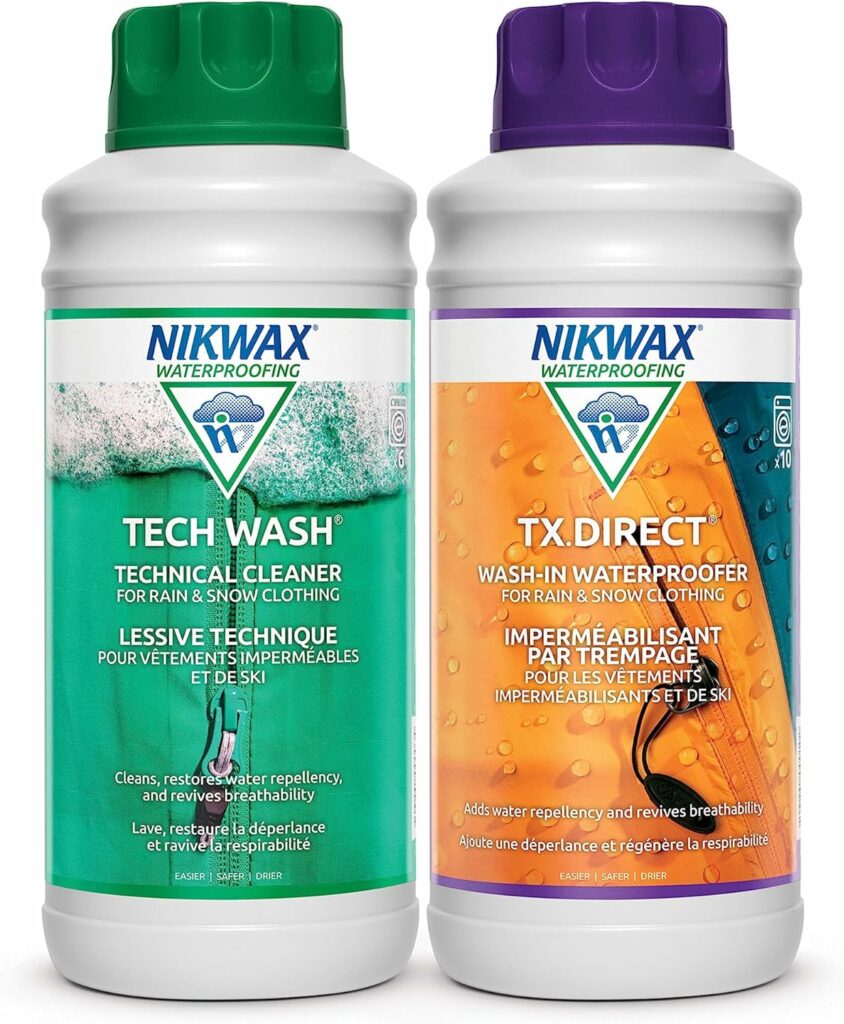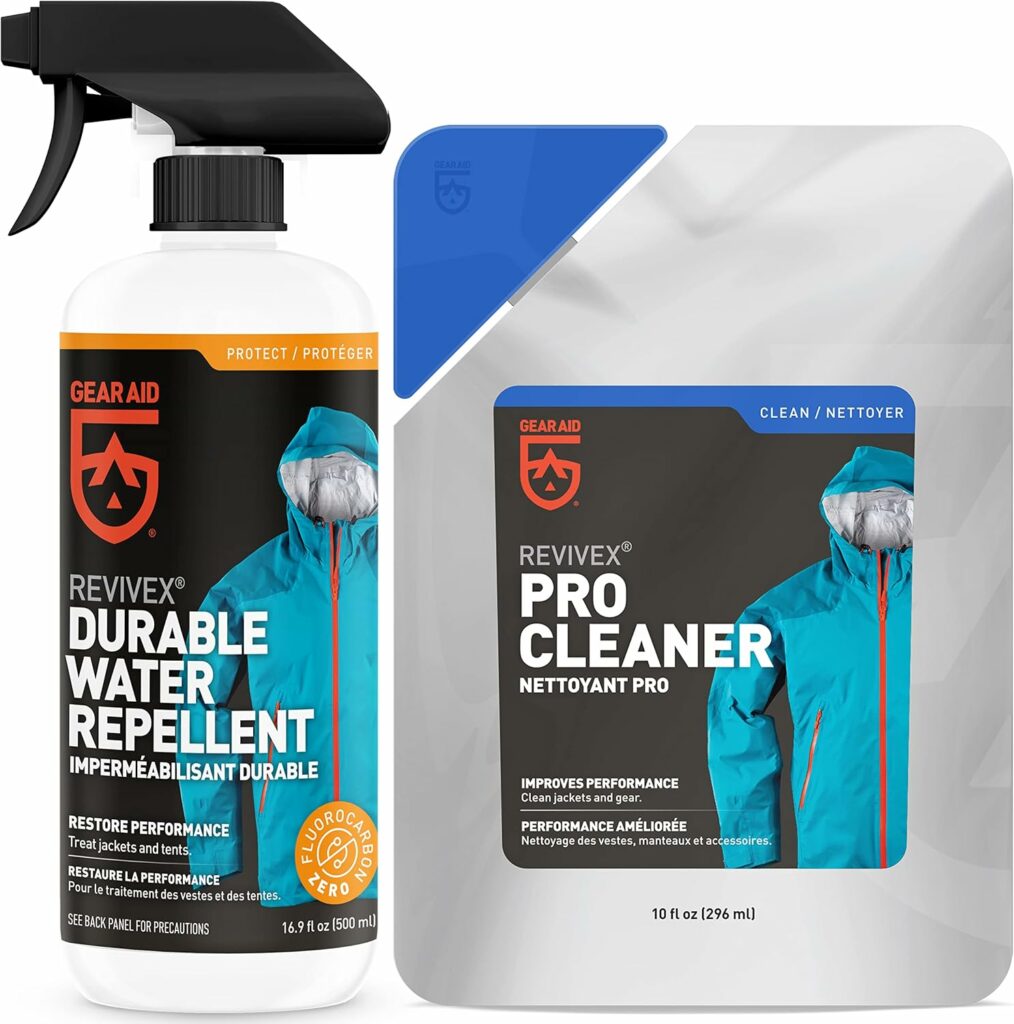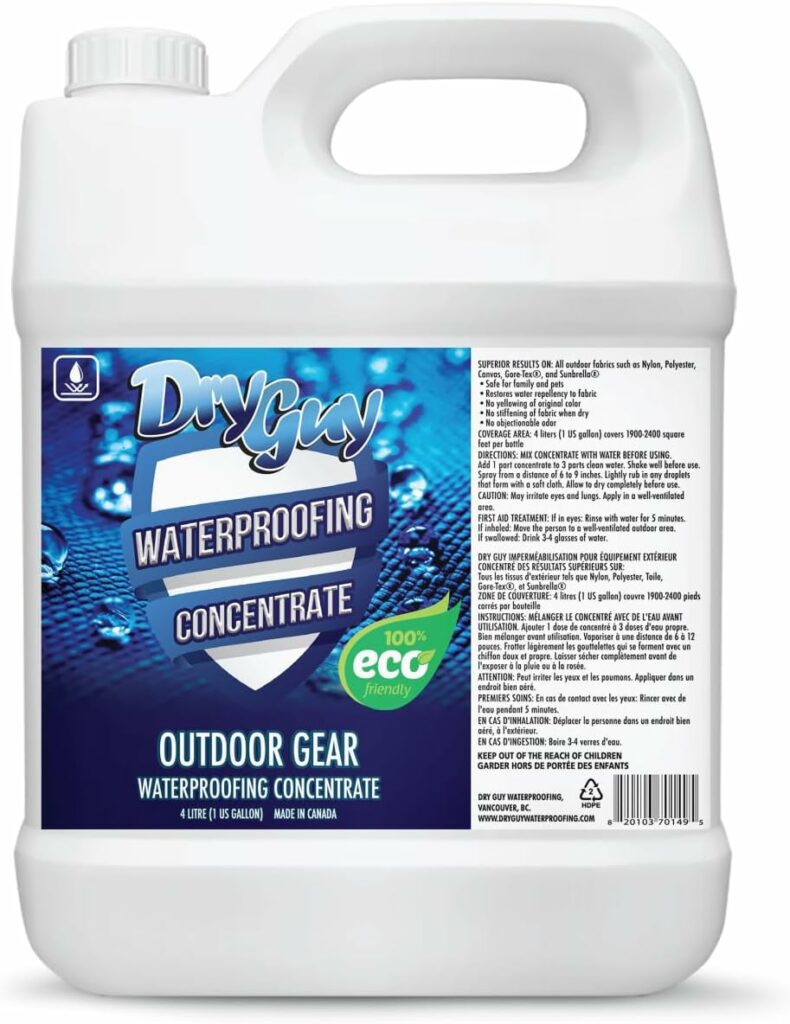Contents
- 1 Cleaning Your Hunting Equipment Post-Hunt
- 2 Washing Techniques for Maintaining Your Hunting Gear
- 3 Drying is a Crucial Step for Longevity when Maintaining Your Hunting Gear
- 4 The Ideal Storage Environment for Maintaining Your Hunting Gear
- 5 Scent-Proofing and Keeping Your Gear Clean
- 6 Re-Waterproofing and Inspection is a Pre-Season Necessity for Maintaining Your Hunting Gear
- 7 Conclusion – The Payoff of Maintaining Your Hunting Gear
The difference between a successful hunt and a missed opportunity can often boil down to how well you’re maintaining your hunting gear. Hunting gear isn’t just about having the latest tech, it’s about keeping what you own in top-notch condition. Every seasoned hunter knows that a clean rifle or a precisely set scope can mean everything when the pressure’s on.
QUICK LOOK: 6 Tips for Hunting Gear Maintenance
- Cleaning, maintaining, and repairing your hunting gear right after the hunt isn’t just a good habit—it’s essential. Every trip into the field exposes your equipment to dirt, moisture, and other elements.
- Proper Washing: Technical clothing often comes with its own set of washing rules. These aren’t your average laundry loads, so paying attention to labels is the first step to keeping them in top shape.
- Proper Drying: After washing, the way you dry your gear is just as important for keeping it in top shape. Tossing it in the dryer? Not the best idea for most hunting equipment. That high heat can damage technical fabrics and diminish their waterproofing abilities.
- Storing your hunting gear correctly is essential to shielding it from damage and wear when it’s not in use. Choosing the right environment for storage isn’t just about convenience; it’s about protecting your investment too.
- Scent control is a critical aspect of hunting that begins long before you set foot in the field. Proper scent-proofing of your gear can provide that edge you need against a deer’s keen sense of smell. This process involves more than just washing with unscented detergents — it’s about maintaining that scent-free environment all around.
- Taking time to re-waterproof your gear at the end of the season ensures it stays ready for next year. Those durable water repellent (DWR) finishes don’t last forever and need a periodic touch-up to maintain their full capacity.
When you look after your gear, you’re not just preserving its physical condition, you’re also ensuring your own safety and effectiveness in the field. A malfunction at the wrong time? That’s just a nightmare nobody wants to face. But it’s not just about avoiding failures; it’s about making sure that every piece works just as well as it did the day you brought it home.
Let’s break down the basic principles of maintenance into manageable steps. Over this guide, I’ll help you navigate through each aspect, from cleaning to storage, so your gear isn’t just reliable but also durable. This way, you’ll be prepped for whatever the wilderness throws at you.
Cleaning Your Hunting Equipment Post-Hunt
Cleaning and maintaining your hunting gear right after the hunt isn’t just a good habit—it’s essential. Every trip into the field exposes your equipment to dirt, moisture, and other elements. Grit in your rifle barrel or smudges on your binoculars can affect performance, so cleaning is your first line of defense.
Start with your firearms. After each hunt, take a few minutes to wipe down your gun, making sure to clear away any residue or particles. A quick clean for the optics is also crucial—a microfiber cloth can work wonders for lenses, ensuring you get that sharp view the next time you’re scanning the horizon.
Your backpack and other gear, like your sleeping pad, also deserve attention. Get rid of any burrs, dirt, or plant material before they cause damage or unwanted odors set in. Regularly cleaning these items helps them last longer and keeps them functioning as they should.
Remember, cleaning doesn’t just stop at being a preventative measure. It’s also about respecting and valuing the tools that support your passion. Treating them with care ensures that when it’s time to head out again, everything’s ready to perform at its best.
Washing Techniques for Maintaining Your Hunting Gear
Technical clothing often comes with its own set of washing rules. These aren’t your average laundry loads, so paying attention to labels is the first step to keeping them in top shape. Trusting a regular old detergent with your high-performance fabrics isn’t the best plan if you want them to last.
For those breathable, waterproof garments, you’ll want a detergent designed just for them. Products like Nikwax Tech Wash are more than just hype—they’re specifically made to cleanse without compromising the fabric’s integrity or treatment. They ensure your waterproof gear stays waterproof, keeping you dry when it matters the most.
Consider those softshells and other water-resistant items. Using a detergent that matches their needs means cleaner, longer-lasting gear. For clothes like these, avoiding traditional detergents can help maintain their breathability and effectiveness.
For specialized materials like down or merino wool, finding a solution like Nikwax’s specific formulas ensures you’re giving them the care they need. Clean gear equals comfy experiences outdoors, with no compromises.
Once you’ve washed everything, drying is a key factor but more on that later. Proper washing sets the stage for your gear to perform like it did on day one, trip after trip.
Drying is a Crucial Step for Longevity when Maintaining Your Hunting Gear
After washing, the way you dry your gear is just as important for keeping it in top shape. Tossing it in the dryer? Not the best idea for most hunting equipment. That high heat can damage technical fabrics and diminish their waterproofing abilities.
- Air drying is the go-to method here. Hanging your clothes in a shaded, well-ventilated area can make all the difference. If you’re dealing with wet weather, using your garage or an outbuilding works too. It might take a little longer, but it’ll extend the life of your gear.
- With boots and other footgear, it’s often best to remove the insoles and let them dry separately. Stuffing boots with newspaper can help absorb extra moisture and maintain their shape.
- Improper drying techniques can compromise the performance of your gear, leading to unexpected failures next time you’re out in the field. Investing a bit of extra time here could save you countless headaches on future hunts.
The Ideal Storage Environment for Maintaining Your Hunting Gear
Storing your hunting gear correctly is essential to shielding it from damage and wear when it’s not in use. Choosing the right environment for storage isn’t just about convenience; it’s about protecting your investment too.
- The best storage area is dry, scent-free, and temperature-controlled. Moisture is a big enemy, leading to rust and mildew, so check for any damp spots first. Using moisture-absorbing packets or even a box of baking soda can help eliminate unwanted moisture buildup over time.
- Keeping your gear away from strong odors is also crucial. Things like gas cans or cleaning supplies can affect the scent of your gear, which could be a problem during hunting season. Ideally, store away from such items in a dedicated space to avoid unwanted contamination.
- Temperature fluctuations are harmful too. Extreme cold or heat can damage materials and lead to unnecessary wear and tear. A temperature-controlled area helps keep your gear stable and ready for use.
- Security is another thing to consider. A lockable area keeps your gear safe from theft and out of reach of children. Plus, keep it out of direct sunlight—UV rays break down materials faster than you’d think.
- The easier your gear is to access, the more likely you are to use it —whether it’s for a planned trip or a last-minute adventure. With the right storage, your gear remains reliable and ready for action when you are.
Scent-Proofing and Keeping Your Gear Clean
Scent control is a critical aspect of hunting that begins long before you set foot in the field. Proper scent-proofing of your gear can provide that edge you need against a deer’s keen sense of smell. This process involves more than just washing with unscented detergents — it’s about maintaining that scent-free environment all around.
Start by storing your clothing and other soft materials in scent-proof bags or airtight containers. These are great for keeping them free from household odors or any residual scents. As an added layer of protection, consider using cedar blocks or similar natural cover scents inside these containers. They won’t just neutralize scents but also reinforce that natural aroma when you finally unwrap them.
It’s key to separate your hunting gear from items like gasoline or paint cans in your storage. Their strong scents can seep into fabrics, disrupting your careful scent control efforts. Keeping your gear isolated ensures it stays as undetectable as possible when you’re out.
Remember, good scent management combined with your clean and dry gear can make the difference in the field. Whether you’re stalking quietly or waiting in a blind, being scent-free enhances your chances of a successful, close-range encounter with wildlife.
Re-Waterproofing and Inspection is a Pre-Season Necessity for Maintaining Your Hunting Gear
Taking time to re-waterproof your gear at the end of the season ensures it stays ready for next year. Those durable water repellent (DWR) finishes don’t last forever and need a periodic touch-up to maintain their full capacity. Picking up a spray-on waterproofing product can easily revive jackets, boots, and other gear items. Make sure to follow any specific coat instructions for the best results.
Regular inspections are vital for spotting any wear and tear before it turns into a problem. Comb through your gear looking for rust, loose threads, or cracked materials. It might seem tedious, but addressing these issues early avoids a serious letdown when you’re out on a trip.
Keep in mind that many manufacturers offer replacement parts for various gear components. A broken buckle or a weathered strap doesn’t necessarily mean it’s time to shop for a whole new setup. Check with the manufacturer or your local retailer to see what’s available.
Proactive maintenance can be a game changer in extending your equipment’s lifespan and keeping you safe and prepared. By working this into your end-of-season routine, you’re making sure everything functions properly and outlasts the demands of rugged use.
Ultimately, the effort put into maintaining and inspecting your gear pays off. Not only does it ensure performance, but it also offers peace of mind knowing you’re prepared for any challenge the outdoors throws your way.
Conclusion – The Payoff of Maintaining Your Hunting Gear
Maintaining your hunting gear isn’t just a task—it’s an investment in your future hunting success. Each step you take, from meticulous cleaning to thorough inspections, ensures that your gear remains reliable and durable when you need it most.
- A disciplined maintenance routine offers multiple rewards. Not only do you save money by extending the lifespan of your equipment, but you also enhance the quality of your hunting experiences. Functioning gear means fewer hiccups and more confidence in every shot and step you take out there.
- The importance of keeping gear in a scent-proof environment, along with being diligent about re-waterproofing and secure storage, are values that become second nature with practice. These habits will help ensure that your equipment performs seamlessly, allowing you to focus more on the thrill of the hunt and less on the potential for malfunction.
- Remember, your success relies as much on preparation as it does on execution. By committing to maintaining your hunting gear, you’re guaranteeing that your gear will continue to support you in all your outdoor adventures.
- Lastly, take pride in your equipment. Keeping it in top shape not only reflects on your hunting prowess but also shows respect for the sport itself. Maintaining your hunting gear ensures you are ready to meet the challenges of the next hunting season, enabling those memorable moments that make it all worthwhile.
See More Hunting Articles:
- Complete Guide On Tracking Game Animals
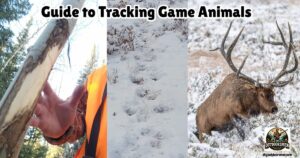
- DIY 4-Step Guide To Field Dressing And Quartering A Deer
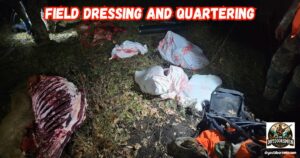
- Night Vision Binoculars For Nocturnal Hunting

- The Science Behind Camouflage Patterns For Deer Hunting

- Binocular Accessories For Hunters

- 9 Tips for Using Trail Cameras To Track Deer Movements

As always, stay safe, enjoy the journey and please try to leave it cleaner than you found it. If you have any comments, questions, ideas, or suggestions please leave them in the comment section below and I’ll get back to you ASAP. You can follow us on YouTube: Man Art Creations for videos of our DIY Adventures.
P.S. – Thanks so much for checking out our blog we really appreciate it. Just so you know, we may receive a commission if you click on some of the links that appear on our site. This helps us keep our content free and up-to-date for everyone. We appreciate your support!
